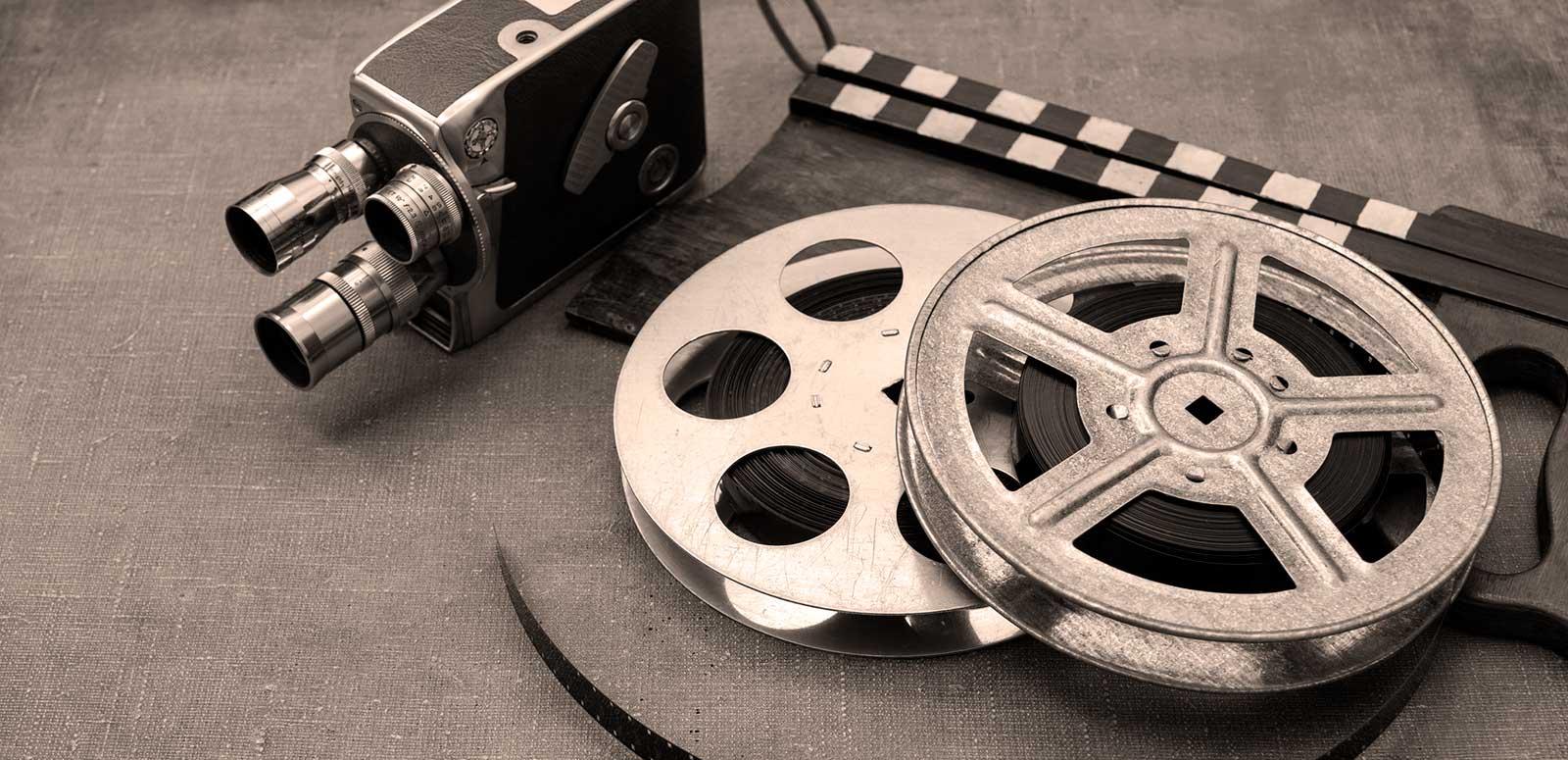While we treasure the iconic moments and famous faces from the past, snapshots of everyday life are equally valuable. Anna Yates, from the NFSA’s Licensing and Rights team, shares her fascination with a remarkable set of home movies with Amal Awad.


While we treasure the iconic moments and famous faces from the past, snapshots of everyday life are equally valuable. Anna Yates, from the NFSA’s Licensing and Rights team, shares her fascination with a remarkable set of home movies with Amal Awad.
Anna Yates, Team Lead, Licensing and Rights
Home videos of Frederick Simpson Dyer – Children’s Party and First Day at the Beach (c. 1940)
In the social media era, the documentation of daily life feels commonplace – from first school days to family celebrations. But decades-old film footage of those same everyday moments offers rare and invaluable glimpses into our history.
That’s what makes the Frederick Simpson Dyer home movies so special. Donated by Joy Litherland (née Dyer), daughter of Frederick, these films are a favourite of Anna Yates.
‘Some years ago, I completed a project to verify the rights in the entire collection,’ Yates says. ‘The home movies have a special place in my heart as they depict Australian life from the 1920s to present day.’
In one 1940 film, young Joy Dyer heads off to her first day of school alongside her sister Janet. The footage also captures Janet’s sixth birthday party, bathtime antics, a beach outing, family picnics and a tennis match. These slices of life are as endearing as they are historically significant, showing the universality of childhood joy.
Frederick Simpson Dyer records his daughter Janet’s sixth birthday party, 1941. Film donated by Joy Litherland of the Dyer family. NFSA title: 386601
The NFSA houses a rich collection of over 11,000 home movies from many decades, documenting Australian life in the last century. The earliest home movie footage? A 1909 Higgins family picnic.
Frederick Simpson Dyer records a family holiday by the beach in spring 1941. Film donated by Joy Litherland of the Dyer family. NFSA title: 386601
The Frederick Simpson Dyer films are a poignant reminder that while the specifics of life may change, its essence remains constant. ‘For as long as cameras have existed families have been filming their children,’ says Yates. ‘And all families, no matter the decade, tend to feature the same things: birthday parties, Christmas, Easter, first day of school, beach holidays, picnics, and kids playing dress up.’
Of course, not all home movies are about family life. The NFSA’s wider collection also preserves amateur footage of major events like the Beatles' 1964 Australian tour, the Melbourne Olympics in 1956 and Queen Elizabeth II’s coronation in 1953.
For Yates, the film shows that the more things change, the more they stay the same. ‘I have similar films of my own children except from the '90s,’ she says. ‘But the very early home movies in the collection all feature wealthy families, as they were the only ones who could afford a camera.’
Socio-economic factors were certainly at play in determining who was shooting home movies. Beyond the cost of purchasing a camera, there were expenses for film and development to consider. These barriers meant that footage from metropolitan cities like Sydney and Melbourne are better represented in home movies compared to regional areas of Australia. It also meant people were selective about what they recorded.
Despite the initial high costs, cameras became increasingly affordable as the market expanded. Popular brands like Kodak, Bolex, Bell & Howell, and Keystone led the way. The 9.5mm film gauge, introduced by Pathé Frères, gained popularity for home movies, followed by the 16mm format, which also proved popular with other filmmakers, particularly documentarians.
In the 1930s, the introduction of 8mm film made amateur filmmaking even more accessible. Now, capturing high-quality video is easier than ever.
‘Today we can pull out a phone and record instantly,’ says Yates. ‘The current generation of kids are probably the most documented in history.’
Want to be the first to hear stories and news from the NFSA?
Subscribe to our newsletter and never miss out.
Main image: Vintage camera and film reels. Photo credit: Rolandas Cikanavicius, iStock
The National Film and Sound Archive of Australia acknowledges Australia’s Aboriginal and Torres Strait Islander peoples as the Traditional Custodians of the land on which we work and live and gives respect to their Elders both past and present.